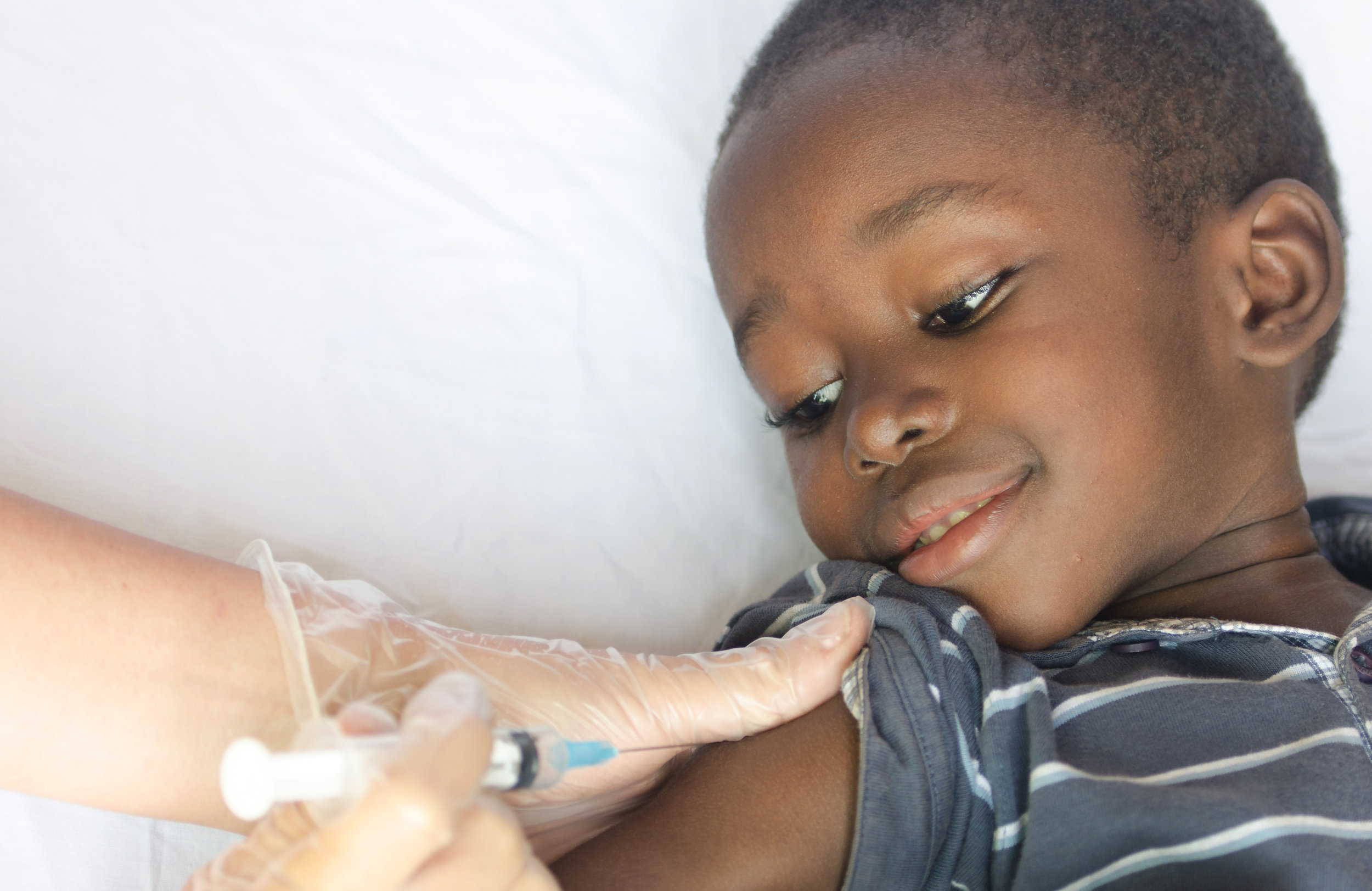Addressing Inequalities in Urban Healthcare
It’s not news to anyone that urban populations are extremely diverse. Some individuals thrive in our nation’s cities with world-class healthcare, and quality education, abundant food choices, reliable transportation, and other positive social determinants of health. On the other hand, many people struggle in neighborhoods with high incidences of chronic disease, food insecurity, and homelessness. And the truth is, this same pattern repeats itself across the United States.
Recently, as I met with a dedicated group of healthcare and policy professionals in a Washington D.C. neighborhood, I was struck by the opportunity that Health IT has to address this inequality. Citizens of this D.C. Ward commonly endure a 4-6 month wait to see a specialist (imagine being newly diagnosed with diabetes and having to wait 6 months to see an endocrinologist); often lack quality services to address addiction or behavioral health issues; and are trying to reduce rates of diabetes, asthma, obesity, and other chronic conditions that far exceed national averages.[1]
There is an undeniable opportunity to improve healthcare with innovative technologies, and I believe the evolution of telecommunications in Africa is a useful comparison. Historically, much of the continent lacked a modern communications infrastructure. With the advent of the cell phone, instead of building landline-based networks, many nations began installing cell towers. In doing so, they bypassed the “old way of doing things”, cell phone ownership exploded, and new possibilities for economic growth emerged. By 2014, mobile penetration in Kenya, for example, was 82%, only moderately lower than in the U.S. during the same year.[2]
What is stopping technology from having a similar rapid impact or any impoverished area that has been under-served by the healthcare system? The foundational elements are already in place, such as:
The broad adoption of Electronic Health Records (EHRs)
Technologies and standards that enable real-time Health Information Exchange (HIE)
The ability to re-distribute access to care via telemedicine
The availability of remote patient monitoring devices, texting reminders, and other population health capabilities, and
The pervasiveness of social media to help organize community and fitness initiatives.
So, as an industry, let’s dive in to implementing modern tools that create a more inclusive, high-quality, and less expensive approach to supporting both urban and rural healthcare needs. By leveraging available providers from across town via telemedicine, enabling the real-time sharing of digital patient records between all providers, and empowering small physician offices and groups to benefit from health information exchange, the goal is achievable today. It takes leadership and a whole lot of “out of the box” thinking, but together with the many hard-working clinicians who are fighting to care for their patients, we can give our fellow citizens the care they deserve.
We hope to talk with you about this important topic. Please drop me an email.
Catherine
[1]https://doh.dc.gov/sites/default/files/dc/sites/doh/publication/attachments/BRFSS_Annual_Report_2014.pdf
[2]http://www.pewglobal.org/2015/04/15/cell-phones-in-africa-communication-lifeline/

